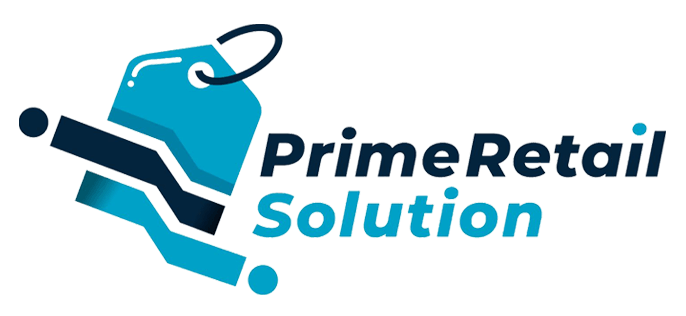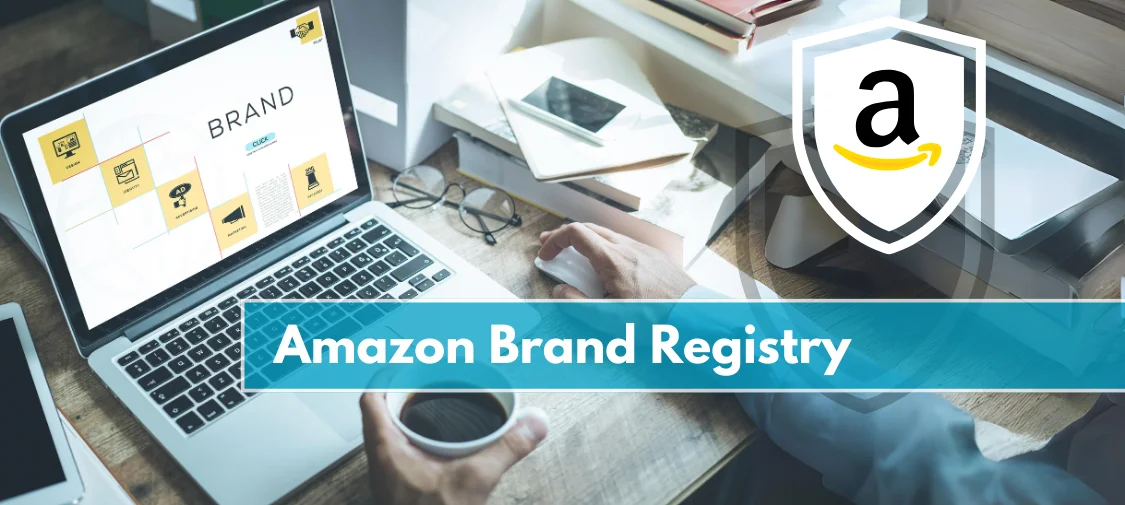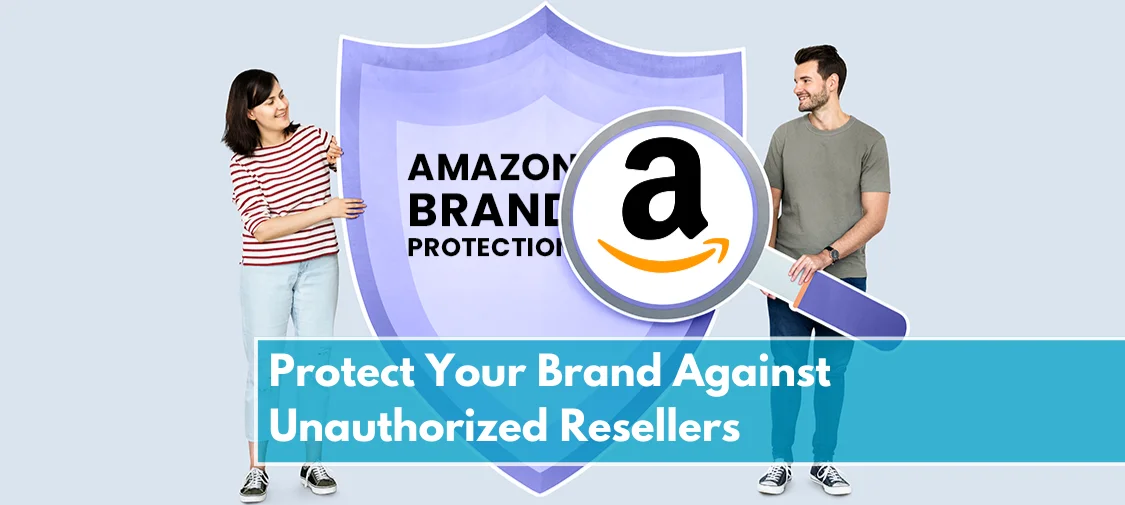Amazon
Why Amazon Is Terminating the 1P Model: A Guide for Brands
If you’re a brand selling on Amazon, you might have noticed significant changes in the platform’s vendor policies. Amazon is shifting away from its first-party (1P) model, causing many businesses to rethink their strategies. But why is Amazon making this move, and what does it mean for you as a seller?In this blog, we’ll explore why Amazon is phasing out the 1P model and what opportunities this shift offers for third-party (3P) sellers. By understanding these changes, you can adapt your strategy to stay competitive and grow your brand on Amazon in 2024 and beyond.
What is the 1P Model on Amazon?
In the 1P model, Amazon buys products from vendors through Vendor Central, controlling pricing, inventory, and fulfillment. While this provides stability, it limits sellers’ control over stock and pricing.
What is the 3P Model on Amazon?
In the 3P model, brands use Seller Central to list and sell products, managing their own pricing, inventory, and fulfillment, with the option to use Fulfillment by Amazon (FBA). This offers more flexibility but requires active management.
| Feature | 1P (First-Party) | 3P (Third-Party) |
| Control | Amazon controls pricing, inventory, and marketing. | Sellers have full control over pricing, inventory, and marketing. |
| Platform | Managed through Vendor Central. | Managed through Seller Central. |
| Flexibility | Limited flexibility due to Amazon’s control over key elements. | High flexibility for sellers to control their operations. |
| Profit Margins | Tends to have tighter profit margins due to Amazon’s control over pricing. | Higher profit margins as sellers control pricing and costs. |
| Logistics | Amazon handles fulfillment, but vendors face large-scale order management. | Sellers can manage fulfillment or use FBA for Amazon logistics. |
| Brand Presence | Limited control over branding and listings. | Full control over branding, listings, and advertising. |
Why Is Amazon Moving Away from the 1P Model?
Amazon’s Major Shift: Phasing Out 1P Sellers and Transitioning to 3P
In 2024, Amazon made headlines by phasing out its First-Party (1P) seller agreements, signaling a significant shift in how vendors operate on the platform. This decision is primarily driven by Amazon’s focus on profitability and operational efficiency. Under the 1P model, Amazon took on the role of a traditional retailer, purchasing goods from vendors and reselling them, which involved substantial logistics and inventory management costs. Now, the company is encouraging brands to switch to the Third-Party (3P) model, managed via Seller Central, where sellers take on more responsibility for pricing, inventory, and fulfillment. This shift particularly affects vendors with annual sales under $5 million, as Amazon is terminating agreements with these smaller accounts. While this transition may seem daunting, it offers brands more flexibility and control over their operations, including access to tools like Amazon FBA and Brand Registry.

Official notice by Amazon, terminating their 1P model sellers.
1. Increased Profitability for Amazon
Amazon’s move away from 1P is largely motivated by the company’s focus on profitability. The 3P model, in which sellers use Seller Central to manage their own listings and pricing, has a higher profit margin for Amazon. In the 3P model, Amazon collects referral fees, Fulfillment by Amazon (FBA) fees, and other service charges while shifting most of the operational and inventory risks to the seller. This allows Amazon to earn more revenue without the additional burden of managing physical inventory or setting prices.

2. Reduced Complexity for Amazon
The 1P model requires Amazon to manage inventory, pricing, and supply chain logistics for thousands of vendors. This creates significant operational complexity and costs for Amazon. By reducing reliance on the 1P model, Amazon is streamlining its processes, cutting down on the need for extensive resources to manage supplier negotiations, inventory shortages, or overstock.
In contrast, the 3P model allows sellers to take full control of their inventory, fulfillment, and pricing decisions, reducing Amazon’s burden. Amazon still profits from fulfillment fees (if sellers use FBA) and other seller services, without having to manage product purchases directly.
3. Increasing Seller Autonomy and Control
From a seller’s perspective, the 3P model offers greater autonomy and flexibility. While 1P vendors have to accept Amazon’s pricing and stock decisions, 3P sellers can control their product listings, pricing strategies, and promotions. For many brands, this level of control means better margins and the ability to respond quickly to market changes.

4. Focus on Direct-to-Consumer (D2C) Growth
With the 1P model, brands often lose the direct relationship with their customers, as Amazon handles everything from fulfillment to customer service. As more brands turn to direct-to-consumer (D2C) strategies, they are seeking more control over how their products are marketed and sold. The 3P model allows for this level of customization, where sellers can better engage with their customers, set their prices, and control brand messaging.
5. Global Expansion and Logistics
The 3P model is better suited for Amazon’s global expansion. By shifting more responsibility to sellers, Amazon can scale its marketplace faster without bearing the cost of logistics in every market. Sellers on the 3P platform can choose their own fulfillment methods, such as Fulfillment by Amazon (FBA) or merchant fulfillment, depending on the region, enabling more streamlined international growth.
The Impact of Amazon’s 1P Termination on Sellers
If your business has been operating under the 1P model, you may be wondering what these changes mean for your brand. Here are some things to consider:
1. Less Dependence on Amazon
For 1P sellers, a major downside of this shift is that brands can no longer depend on Amazon to manage their inventory, fulfillment, or pricing. However, this also presents an opportunity for sellers to gain full control of their business.

2. Opportunity to Grow Your Brand Presence
The transition from 1P to 3P isn’t just about logistics—it’s also about branding. In the 1P model, Amazon sets your product prices and controls how your products are presented. In the 3P model, you have full control over branding, listing optimization, and marketing strategies. Brands can use Amazon’s advertising tools, such as Sponsored Products and Sponsored Brands, to drive visibility and sales while maintaining control over their messaging.

3. Logistics and Fulfillment Options
The move away from 1P means that you’ll need to handle your own logistics and fulfillment operations. Fortunately, Amazon offers FBA (Fulfillment by Amazon), which allows you to store your products in Amazon’s warehouses while they handle shipping, returns, and customer service. While you’ll pay fulfillment fees, the benefit is that your products can still qualify for Prime shipping, giving you a competitive advantage.
If FBA isn’t a good fit for your brand, Seller Fulfilled Prime is another option, allowing you to manage your own fulfillment while still offering Prime to your customers.
4. Financial Benefits for Sellers
In the 3P model, sellers retain more control over pricing, which means they can protect their profit margins. Many 1P sellers have reported that Amazon would occasionally set prices too low, hurting profitability. By moving to 3P, sellers can choose a pricing strategy that best aligns with their goals while avoiding the frequent price cuts Amazon enforces under the 1P model.
Conclusion: Preparing for the Future with 3P
As Amazon shifts away from the 1P model, it’s clear that the 3P marketplace will be the dominant way of doing business on the platform moving forward. While this change might seem challenging at first, it opens up significant opportunities for brands to take control of their operations, pricing, and branding.
For brands still operating under 1P, now is the time to start exploring the transition to 3P. By understanding the advantages of the 3P model—such as control, flexibility, and growth potential—you can position your business for long-term success on Amazon.If you need help navigating this transition, Prime Retail Solution offers expert guidance to help brands optimize their presence on Amazon and grow their sales. Contact us today to learn how we can support your shift from 1P to 3P and maximize your Amazon success.
Share





